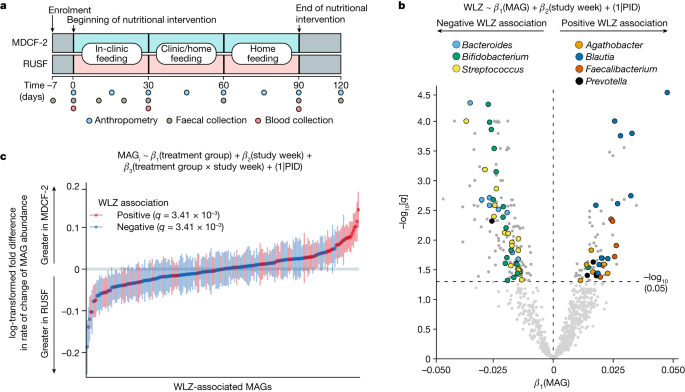2023-12-13 ワシントン大学セントルイス校
◆これは考古学と古代DNAの双方から裏付けられた初の証拠であり、ヤクの家畜化の経緯に新たな洞察を提供しています。研究者たちは、Banggaで発掘された動物の骨の中からヤクと家畜ヤクの証拠を見つけ、その遺伝子解析を行いました。これにより、西チベット高原がヤクの家畜化の起源である可能性が強く示唆されました。
<関連情報>
- https://source.wustl.edu/2023/12/earliest-evidence-for-domestic-yak-found-using-both-archaeology-ancient-dna/
- https://www.science.org/doi/10.1126/sciadv.adi6857
チベット高原における初期の家畜ヤク、タウリン牛、およびそれらの雑種の証拠 Evidence for early domestic yak, taurine cattle, and their hybrids on the Tibetan Plateau
Ningbo Chen,Zhengwei Zhang,Jiawen Hou,Jialei Chen,Xuan Gao,Li Tang,Shargan Wangdue,Xiaoming Zhang,Mikkel-Holger S. Sinding,Xuexue Liu,Jianlin Han,Hongliang Lü,Chuzhao Lei,Fiona Marshall,and Xinyi Liu
Science Advances Published:13 Dec 2023
DOI:https://doi.org/10.1126/sciadv.adi6857

Abstract
Domestic yak, cattle, and their hybrids are fundamental to herder survival at high altitudes on the Tibetan Plateau. However, little is known about their history. Bos remains are uncommon in this region, and ancient domestic yak have not been securely identified. To identify Bos taxa and investigate their initial management, we conducted zooarchaeological analyses of 193 Bos specimens and sequenced five nuclear genomes from recently excavated assemblages at Bangga. Morphological data indicated that more cattle than yak were present. Ancient mitochondrial DNA and nuclear genome sequences identified taurine cattle and provided evidence for domestic yak and yak-cattle hybridization ~2500 years ago. Reliance on diverse Bos species and their hybrid has increased cattle adaptation and herder resilience to plateau conditions. Ancient cattle and yak at Bangga were closely related to contemporary livestock, indicating early herder legacies and the continuity of cattle and yak husbandry on the Tibetan Plateau.


